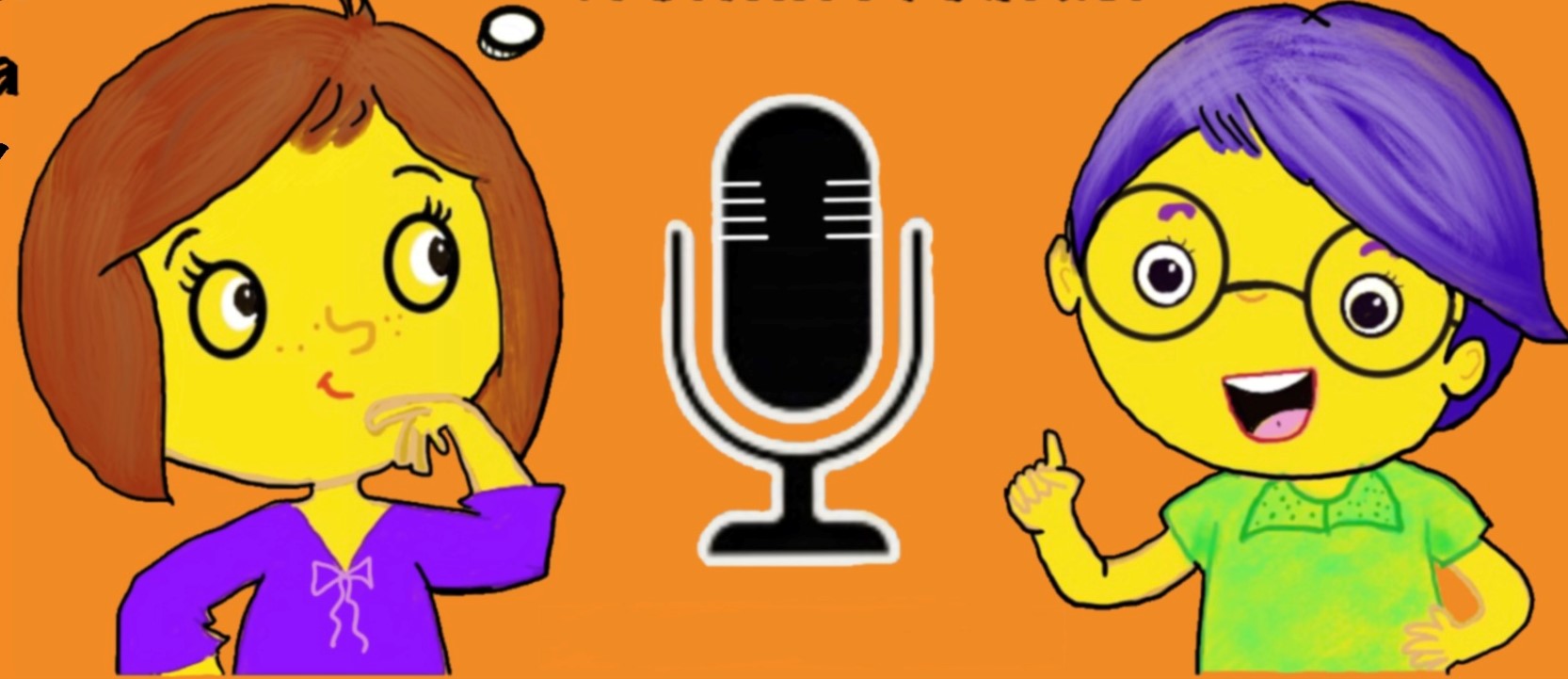2023-06-13 by Bakul Piplani
IndiaAsksWhy Meets Vidita Vaidya

Large round heads with sparkly eyes and a tiny nose, these features of babies are enough to make us all go “Aww!”. Ever wondered why we find babies so cute? In this episode of IndiaAsksWhy, Utsuka and Jigyasa decode the mystery behind the cuteness of babies, and explore why and how they attract adults. Did you know that cuteness is actually an emotion that we feel when we are attracted to a baby, whether it is a human baby, a puppy or a kitten? Fascinated by the power of tiny babies to affect our emotions, Utsuka and Jigyasa talk with Dr. Vidita Vaidya, a brain scientist at the Tata Institute of Fundamental Research (TIFR), Mumbai. Dr. Vaidya explains that our brains are naturally wired to get attracted to babies, because special cells called ‘grandmother cells’ fire up in our brain when we see them.
Wait, did we tell you about her work? Dr. Vaidya’s lab studies emotions and the effect of day-to-day life experiences on the brain in small animals like rats and mice, especially changes associated with emotions like anxiety and fear. But we can’t really talk to animals and ask them about how they are feeling, right? So, how do brain scientists like Dr. Vaidya study emotions in animals? Dr. Vaidya explains that her lab carefully watches their behaviour and reactions to a situation with a camera. For example, they leave a rat in an arena-like box, and measure how long it stays in the center and when it scurries and clings to the corners, just like a city rat dashes to the edge of the street when scared by a human or a car! Dr. Vaidya also shares that they teach rats and mice to solve problems by offering them tasty treats like cheese, chocolate and Oreo biscuits in return! Aren’t rodents really clever animals? But, why don’t scientists study the human brain itself? Well, that’s because in-depth studies of the brain require some really risky experiments! And small animals like rodents are easier to watch and work with in a lab.
We’re sure you must be wondering how rat behaviour can help understand human emotions. Since behaviour, emotions and brain function are very similar in humans, rodents and many other animals, brain scientists can rely on animals like rats to understand these in humans. In fact, drugs used to treat emotional disorders like anxiety have similar effects on rats and humans! So, what causes these emotions and behaviours? To find the basis of emotions and behaviour, brain scientists like Dr. Vaidya study changes in brain cells called ‘neurons’ that share messages with each other through connections called ‘synapses’. Dr. Vaidya’s lab looks at changes in shape, architecture and chemistry of neurons and synapses under different situations.
As fascinating as her work may sound, Dr. Vaidya has to often deal with necessary devils like ordering chemicals and supplies to keep her lab running smoothly. But, it is the joy of observing and learning more about animal behaviour that keeps her going! In the future, Dr. Vidita Vaidya’s research can help develop new ways to treat mental health disorders such as anxiety and depression. Isn’t that wonderful?
Feeling inspired? For budding scientists, Dr. Vaidya has an important message. She says that while we keep looking for our special “Wow!” moments, we must learn to take failures in our stride. Who knows, sometimes a failure may lead to new and more interesting ideas! Listen to the podcast to join Utsuka and Jigyasa as they crack the code of cuteness with Dr. Vidita Vaidya and chat about her exciting work on the mystery of human emotions!
Stay curious and leave your questions on our website! :)
References:
- The code for cuteness. Angela Saini, BBC Earth https://www.bbcearth.com/news/the-code-for-cuteness
- Why Babies Are So Cute — And Why We React the Way We Do. Gemma Tarlach, Discover Magazine (13th Nov, 2019) https://www.discovermagazine.com/mind/why-babies-are-so-cute-and-why-we-react-the-way-we-do
- Understanding Animal Models. Kayt Sukel, Dana Foundation (1st Oct, 2021) https://dana.org/article/understanding-animal-models/#:~:text=Animal%20models%20are%20built%20upon,of%20brain%20function%20and%20behavior
- Making and breaking connections in the brain. Amber Dance, Knowable Magazine (18th Aug, 2020) https://knowablemagazine.org/article/health-disease/2020/what-does-a-synapse-do
- IndiaAsksWhy Blog on Why are Babies Cute: https://www.indiaaskswhy.org/blog/2023-06-06-why-do-we-find-babies-cute/
- Infosys Prize: Vidita Vaidya https://www.infosysprize.org/laureates/2022/vidita-vaidya.html
- Tata Institute of Fundamental Research: Vidita Vaidya https://www.tifr.res.in/~dbs/faculty/V_Vaidya.html
